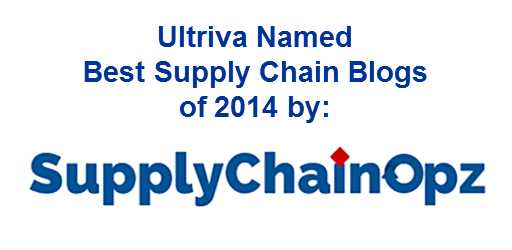-Only when Combined with Driver Based Metrics, Information Sharing and Visibility
 A new white paper offered through Supply Chain Management Review suggests that a product begins its life with maximum profit potential during the manufacturing process. But as that product moves through an increasingly complex, global supply chain, excess time and handling costs erode its profit. The author continues to point out that the average supply chain has become segmented, with different groups managing different phases of the product lifecycle in isolation. While this may add functional efficiency in specific areas, I feel the lack of a coordinated approach creates a less efficient supply chain overall. A more holistic, synchronized approach to managing logistics and related supply chain services throughout a product’s lifecycle is better suited to today’s companies.
A new white paper offered through Supply Chain Management Review suggests that a product begins its life with maximum profit potential during the manufacturing process. But as that product moves through an increasingly complex, global supply chain, excess time and handling costs erode its profit. The author continues to point out that the average supply chain has become segmented, with different groups managing different phases of the product lifecycle in isolation. While this may add functional efficiency in specific areas, I feel the lack of a coordinated approach creates a less efficient supply chain overall. A more holistic, synchronized approach to managing logistics and related supply chain services throughout a product’s lifecycle is better suited to today’s companies.
What if I told you that you could reduce supply chain costs an average of 10-20%… of course it sounds wonderful, but you ask how? One way to help companies do this is to look at what we call driver-based metrics.
Some of the metrics being measured by the customers today do not provide a good base for continuous improvement. A simple example is suppliers can control their ship date but the customers measure them by receive date. The variability of the transportation, the delay in the customer entering the receipt in to their ERP and such factors makes the delivery performance provide very little value to improvement. Add to this the constant exceptions generated by MRPs (Defer, Expedite, Cancel) that make the receive date a moving target.
The lack of correlation between lead time and order size is another factor the makes this measurement less relevant. MRP has a supplier lead time of 10 days. When it issues order for 10 pieces it uses 10 days lead time while at later date when it order 500 pieces, it uses the same lead time. This is unrealistic as the supplier cannot increase capacity by 50 fold overnight.
So the goal is to start identifying metrics that can lead to improvements. Like providing a required ship date to supplier and measuring them against that metric. Setting standard lot sizes and standard lead times to measure the fill rates is best, rather than looking at average supplier performance.
Instead of information we should start using the term “actionable information.” If the users cannot take actions on the information provided to them, then the value of the information is dramatically reduced. The user should have an authority to do something with the information he/she is provided with.
For example, Ultriva provides a lead time validation report that measures the actual lead time and actual transit time over a time period and compare the same with the defined lead time on a part by part basis. The gap between what was actually delivered and what was defined will allow the supply chain personnel to take corrective actions which will result in inventory savings or elimination of part shortages or both.
The other aspect of the information is its relevance – timeframe and drill down ability. What I mean is, the information which is too much in the past or future has very little impact. So does the summary info with limited access to details. Lastly, providing the same information to an executive vs. hands on user may not be worth the same.
This actionable information is provided by Ultriva software to planners, buyers, shop floor users and suppliers to uncover potential part shortages, late or short shipments, expiration of blanket purchase orders, inspection delays and to provide traceability. Providing real time visibility to this pertinent information, based on the user’s role, can and will lead to making the supply chain vibrant and dynamic, as well as reduce costs.



